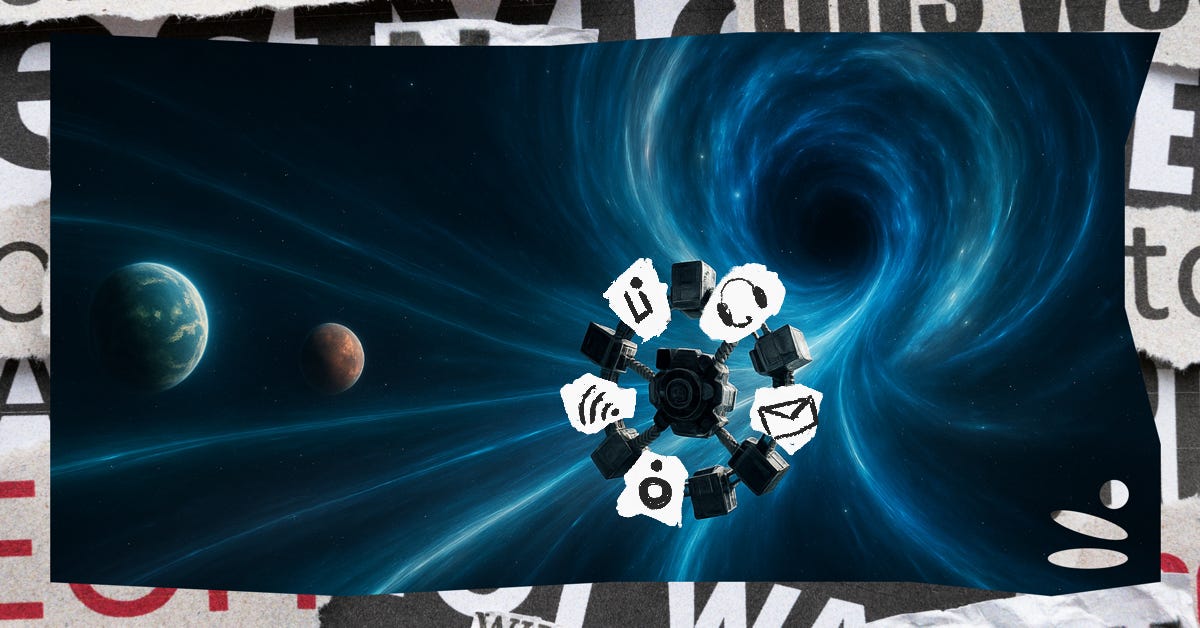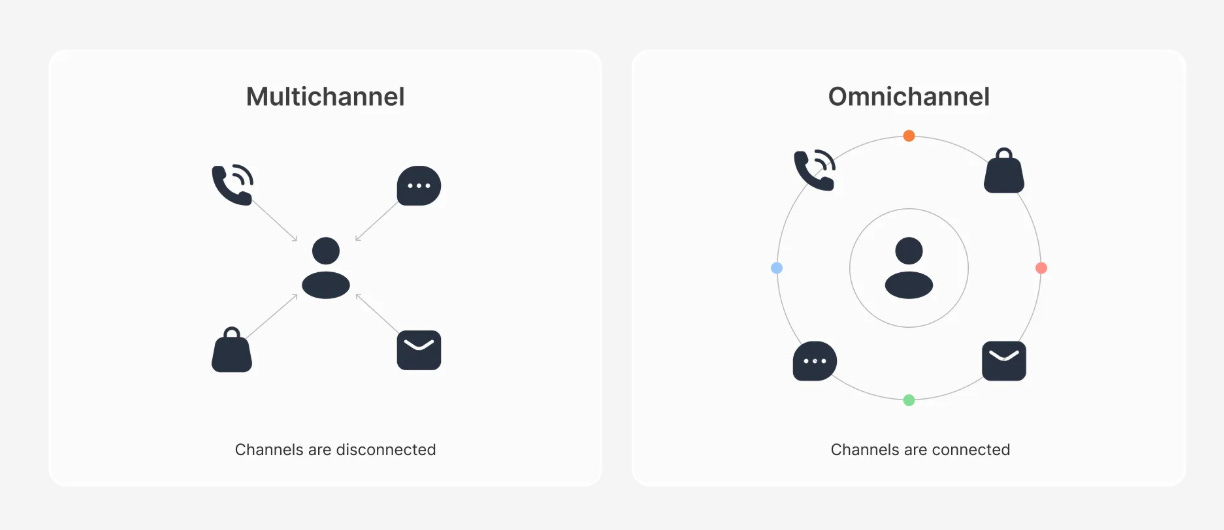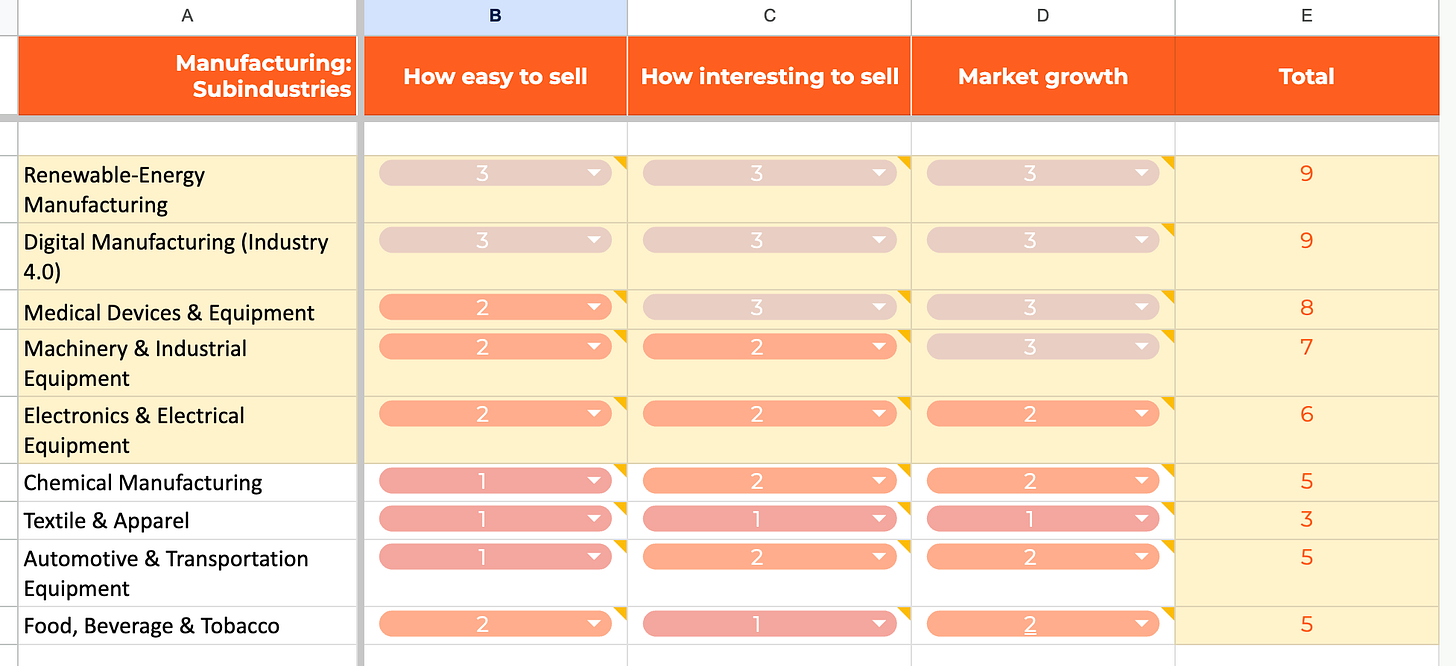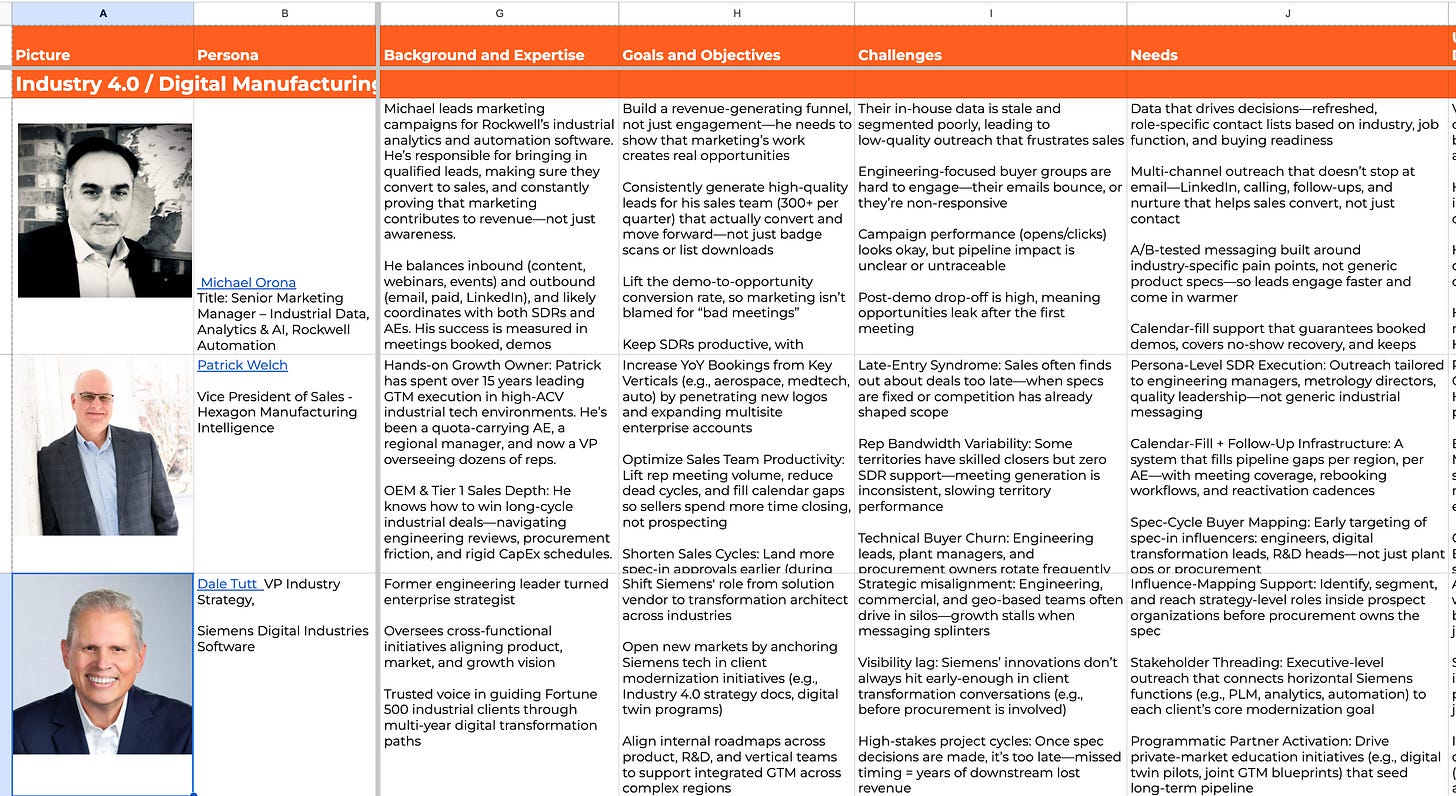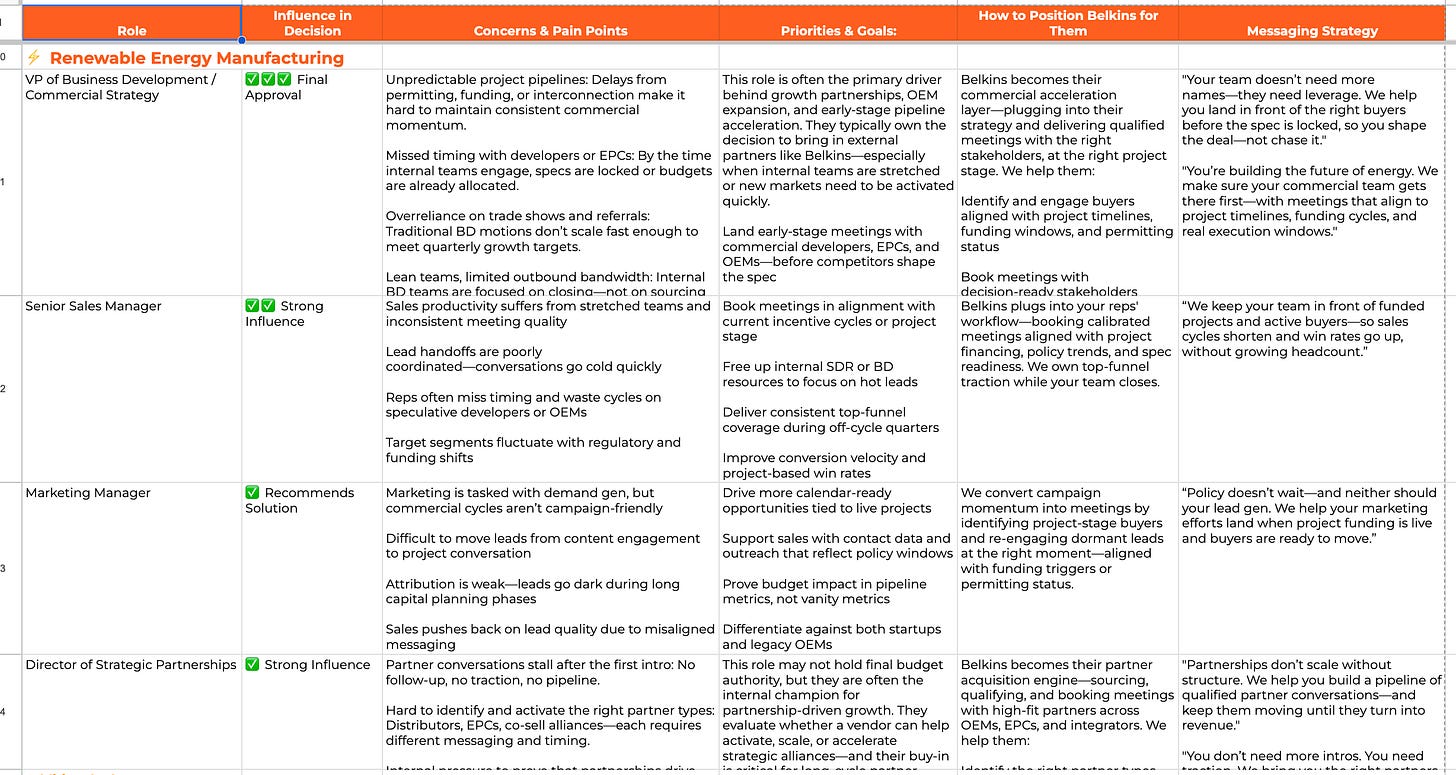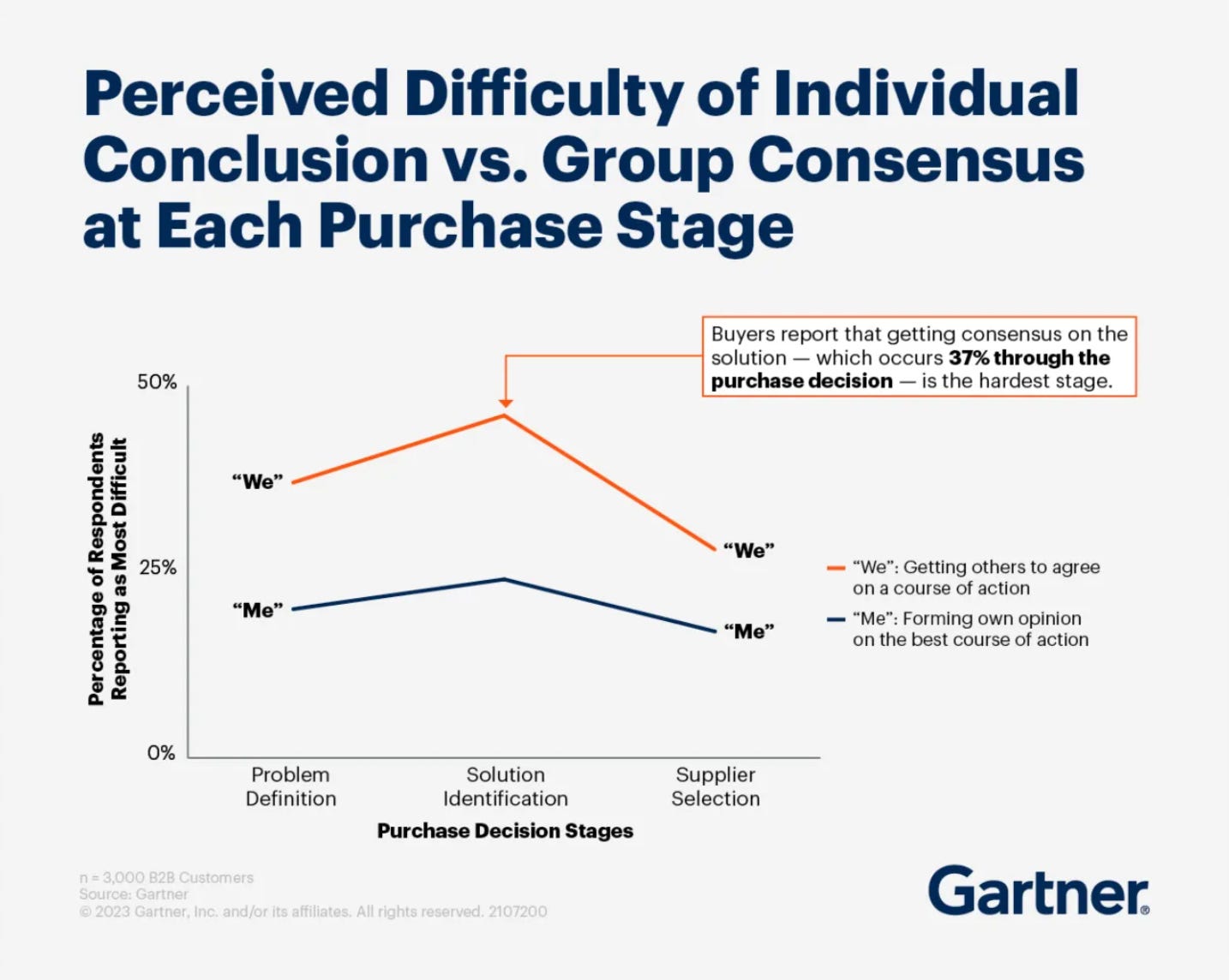#30: PART 1 - Modern Marketing Playbook for Non-Marketers. Everything Easy You Need to Know About Complicated "Omni"
The non-marketer's guide to building an omnichannel strategy that actually works without the BS, complexity, or need for a marketing degree.
I should just write a book.
That's the first thought I had when thinking about opening the "Omni" newsletter. It's just too much of everything to talk about when deploying Omni.
Like me, other executives probably think the same when reading this or any other marketing BS whitepapers and articles on "State of Marketing 2025," what playbook to leverage, or just generally don't read it and delegate to their head of marketing or CMO.
Who will work with what they have, which usually is:
Lack of resources
Vendors that don't deliver
Teams that want a raise
Tech partners like Google or LinkedIn always creating additional challenges with their new updates
Something is always breaking
Generally, projections and reality are far apart
Well, that's life. And it's beautiful.
Debunking Omni for Non-Marketers
Today I am debunking omni for us non-marketers.
If you are a CMO, feel free to tag along. I might provide a business perspective that you can use to get that additional budget from your CEO.
What you can do is literally share my newsletter with comments: "I wish you would be as open to marketing as Michael is. Just read his newsletter."
"You just get it, Michael."
That's what my CMO, Margo, told me once when talking about why I am both hands on deck each time she wants to do something in marketing.
Quick Context Check
If you missed my previous newsletter, I'll ask you to read it first, as it covers marketing fundamentals important to establish your understanding of what marketing is in my business connotation of it.
In short: It's a conversation with a buyer, back and forth.
To generate this conversation proactively, you need marketing. It's her main function. (Marketing is her, I love and hate her equally.)
Omnichannel in this instance is the best dressing of marketing. (Dressing as in apparel, not cooking.)
What We Actually Want From Marketing
For our business and our brand, we want marketing to be:
→ Authentic, standout, insightful, relatable, approachable
But also:
→ Effective, scalable, and cheap
The Single-Channel Starting Point
Most companies are trying to establish growth through their inherent strong capabilities, typically it's a one- to two-channel strategy.
Examples:
Alyona (FuelFinance) or Alina (ChiliPiper) with their founder brands
Belkins with organic content
Our partner (Mole Street) by being great at trade shows
Company A → focusing on only direct sales
I won't talk about how to develop your expertise in a certain given channel. That's not the main topic.
Instead, I'd like to shoot for what you can do to develop a multiple-channel or as I call it, omnichannel strategy.
This is the step that comes after you master single-channel growth.
People on my block call it "full-funnel marketing," which I personally also like to call it sometimes.
And the playbook I talk about covers end-to-end from awareness to conversion buyer stages.
Buckle up and welcome to marketing MBA.
Multi vs. Omni—The Real Difference
The visualized difference is like this:
Example 1: Multi-Channel (The Annoying One)
A rep calls you multiple times a day, reaches out on LinkedIn, follows up with cold email. You see this person everywhere. The ads will follow up on Instagram or LinkedIn to ask you to download a paper or book a demo.
You feel: Confused and not ready.
Example 2: Omnichannel (The Smart One)
A rep connects on LinkedIn, sits there, engaging with you, leaving comments, liking posts. Then joins a few of your events. Then the email follows or a phone call. The channels are sequenced. The rep tracks your engagements and determines which channel to use next to personalize your experience. The ads are determined by your stage of buyer readiness, early in the journey, it's just awareness, no clicks.
You feel: Not committed, but curious.
Shout out to Aaron Browning from Frontspin. He excelled in omni, establishing early connection and relevancy with me, standing out in the sea of poorly executed omni or multi strategies. Never pushed but stayed active.
Amazon Prime has a show written by Kripke called Invincible. There's a superhero called Omniman in there. Omni stands for "I can do anything", which in the case of omnichannel marketing is also true.
Our Internal Definition (The One That Actually Works)
Internally, we use one of the best, most complete definitions of omnichannel that explains it very well. I've highlighted the key parts in bold:
Omnichannel appointment setting is a strategic sales and marketing approach that involves engaging potential clients across multiple communication channels to schedule meetings. This method leverages a variety of platforms, such as email, phone calls, social media, SMS, and direct mail or other complementary channels, to interact with prospects on the channels they prefer.
The key objectives are to provide a consistent and compelling message across all platforms and to tailor communications based on the specific behaviors and preferences of each prospect.
By integrating data and insights from each channel, omnichannel appointment setting enhances the effectiveness of outreach efforts. It increases the likelihood of converting prospects into qualified leads by ensuring that the right message reaches the right people at the right time. This approach aligns every communication effort to create a seamless and personalized experience for the prospect, which helps boost response rates, secure more meetings, and ultimately drive business growth.
This is also my video on why omnichannel is effective, give it a watch, it will also explain it well to complement the definition.
Foundation of Omni: Know Your Buyer (Like, Really Know Them)
The key to establishing a great omni strategy is knowing your buyer.
Now, prior to ChatGPT, Gemini, and Claude, buyer persona research, market intelligence, or any deeper analysis was either reserved for the McKinseys of the world or just left out.
Now, the reality has changed. Everyone can do the level of research that's never been done before.
What's possible now:
Break down industries into sub-industries
Instead of talking to 3 personas, build entire buying committees (more on this later)
Personalize per each sub-industry, geography, or size of business
Clearly, personas like VP of Sales, VP of BizDev, and Sales Manager have totally different responsibilities at 200, 500, and 1,000 employee-size companies. Although we always bucket these into one "mid-size" segment.
Not anymore!
Although I am skeptical about AI SDRs and believe in their negative impact on personal skill development, I am taking my hat off for how AI can help build entire: buying personas, committees, pain point mapping, challenge identification, solution mapping.
All in a matter of hours, not days or weeks like before.
Practical Implementation
Here's how to actually do it (sample is not real data, just a reference):
Step 1: Decompose Your Industry
Break down your preferred industry into sub-industries and rank by:
How easy is it to sell
How interesting is it to sell
The corresponding growth trend
You then rank top 10, top 3, or however many you can tackle at the same time.
Step 2: Map Your Buying Committee
Either you have historical data or you can hypothesize and then research the top 3-5 people who are decision makers for what you're selling.
Know their goals & objectives, challenges, needs, and how your solution helps their unique, relevant challenges.
Importance here: Talk their language!
Step 3: Understand the Full Decision Process
Now think about:
Who is your potential POC
Who is the approver
Who influences the decision
Who are the end users
You want to make sure that top priority personas are added to each potential account at all times.
Most teams (including my own team, unfortunately) make this mistake:
When sourcing leads, they double-check if a person fits, making sure all titles are in the list of leads they prepare. But there is no specific priority to it. Some personas are missing.
Result: We're talking only to 50% of the buyer committee.
Step 4: Build Your List (The Make-or-Break Step)
Only the lazy don't have a list of 2, 5, or 10 thousand ideal client accounts and contacts.
This is one of the easiest while being the most critical of the steps.
Easy because: You can get a list anywhere: Apollo, ZoomInfo, lots of new players popping up.
Hard because: Whoever you talk to, the list will be: incomplete, some data surely outdated, not full and missing accounts.
If you stop and just say "that's good enough," you will not succeed.
The List-Building Reality
Instead, make sure someone on your team is using Clay, ChatGPT, AI, manual validation, or any other method to cycle through the leads, making sure it's a good, up-to-date list.
While doing it, make sure the entire suite of the buying committee is available.
Honestly, this is the most time-consuming and hard-to-push assignment while being easy—"just check leads."
Good list = 50% of your success.
I've done this for 10 years and had hundreds of meetings arguing with my team: "Why do we spend so much on leads? It doesn't make sense."
Every time I got data to back up why.
The truth: Ready-to-buy lists have 50% lower engagement rates.
Buying Committee or Buying Circle—Why Everyone Matters
Basically, what Gartner says here is that no decision is being made individually anymore, but as a group. Hence, including all people is important to increase the likelihood of conversion.
The 7 Key Players
People to include are:
Initiator – People who realize a problem and start the buying process
Decider – Person making the final decision, typically in a higher-rank role
Influencer – Anyone who provides requirements or procurement information
Buyer – Employees with the authority to select vendors and negotiate terms
Gatekeeper – Anyone controlling the information flow
Approver – People with authority to approve or reject a buying decision
User – People who will directly use the product or solution if it's purchased
Smaller companies have buying circles of 3-4 titles. Larger ones? 10 titles or more.
The Implementation Gap
Now, including all of them sounds easier than it seems.
What you need to do:
Have all these people in the list (map these personas out during your research stage)
Build a lead list
Connect with people on LinkedIn
Add them to your advertising and email newsletter cadence
Maybe send a few personalized messages
Or step back and just like a few posts on LinkedIn
Objective: Put your logo in front of them. Include them in your universe.
When This Goes Wrong: My Power Dialer Story
Belkins was looking for a power dialer solution. The purchasing was done by:
A buyer (my SDR Manager)
An influencer (my Head of Delivery Ops)
A buyer (my Managing Director)
Users (my SDRs who were testing)
So 4-5 roles. I was an initiator and a decider.
Anyhow, the story goes like this:
The 4 roles of the committee were negotiating with several vendors for a few months. I wasn't included, being the decider. At the end, I pushed for the deadline, and my managing director (buyer) said that the price point both vendors gave us was not acceptable.
I then found my personal contacts with one of the power dialers and directly negotiated a good deal, bypassing the other vendor who was preferred at that time.
If I had had an open channel of communication with both of them, maybe the decision would be different.
The result: We went with the 2nd option with a better deal. The people from the other vendor reached out to include me later.
Too late.
More will follow..
This is Part 1 of two part newsletter. I couldn’t fit everything into one email, so why don’t send two emails?
HERE is the link for Part 2.
Meanwhile…..
I've been invited to join Intro.co to be able to provide 1:1 consulting and coaching for folks who are building agencies or want to leverage my sales and marketing experience.
Feel free to book me at the following link → intro.co/michaelmaximoff
Thank you for reading part 1 of my marketing-related collection!


